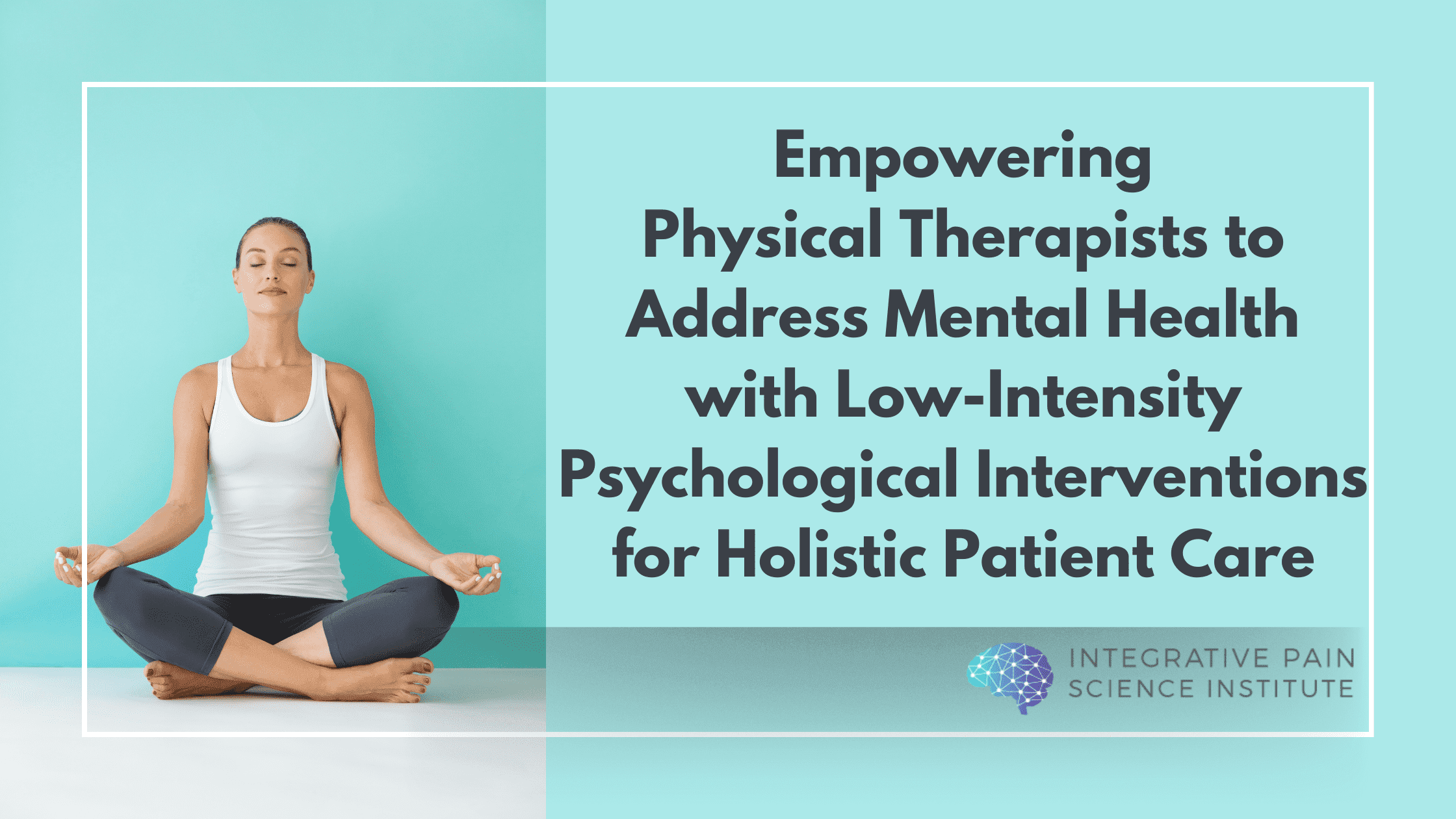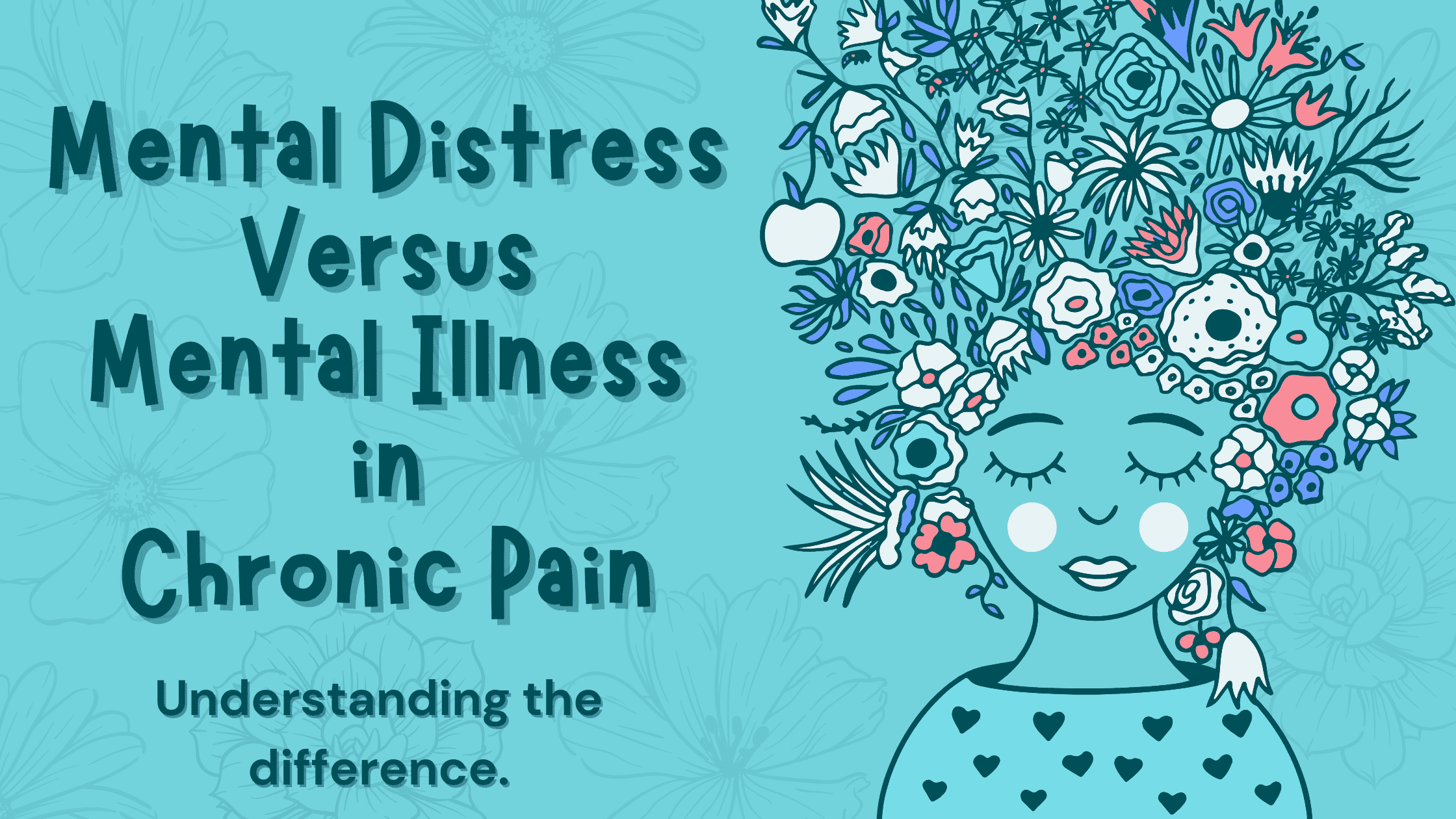If you suffer from chronic pain central sensitization is important for you to understand. You might notice that occasional bumps or stubs hurt more than you think they should. Sensations like a simple touch or massage can be painful as well. Even simple daily activities can be excruciating.
This is a distressing condition, often aggravated by the opinions of friends and family who don’t understand the patient’s pain. You may even find yourself questioning the legitimacy of your feelings, knowing that there is a discrepancy between the stimulus and the pain it causes.
However, this reaction has been medically documented, and it’s known as central sensitization. It involves the rewiring, over time, of connections in the central nervous system, leading to hypersensitivity of receptors and feedback.

How Pain Changes Over Time
Chronic pain is caused by a consistent flow of danger signals between the brain and spinal cord. When the threshold for danger is significant enough your brain decides it may be beneficial for pain to be experienced. As this circuit continues to take its course, it is capable of inducing changes in the way all stimuli are processed. Stimulus can be movement, thoughts and cognitions, sights and smells, even past memories.
Eventually, the central nervous system can become overly sensitized. This can lead to hyperalgesia, which is the exaggeration of pain, as well as allodynia, which can make any stimulation painful.
The effects of central sensitization are very real and can continue even after the original source of pain has healed. (1)
What Causes Central Sensitization?
Central sensitization is not restricted to any one type of pain or injury. In fact, an injury is not even needed for central sensitization to occur. Thoughts and emotions may be enough to cause central sensitization. Infrequent headaches can become chronic migraines, a lifting injury can turn into chronic back pain, and pulling a muscle can induce chronic regional pain and emotional trauma can cause the brain to output a signal of pain.
This is partly explained by the theory that “Cells that fire together, wire together.” (2) Through the relaying of pain signals, the central nervous system can learn a dysfunctional pattern of communication between the dorsal horn, spinal cord, and brain, leading to the oversensitization of pain receptors and signaling.
The effects of this theory can be seen in treatments that use graded motor imagery, which addresses chronic pain through the perception of sensations by the brain. Simple tasks like using a mirror to create an optical illusion of a functioning limb can provide relief in patients who have suffered from chronic pain for years.
The Pain is Real, and It Can Be Treated
If you think you’re suffering from central sensitization, you should know that the pain you’re experiencing is real and that there are effective treatment options.
Mild aerobic exercise can restructure the central nervous system and work to retrain the receptors how to accurately interpret stimuli. (3,4) This has been shown to relieve symptoms of chronic pain, and can even reverse the effects of central sensitization.
Chronic pain rehabilitation programs use a biopsychosocial model, incorporating physical therapy, cognitive therapy, and medications (only if necessary) to treat central sensitization, and are considered one of the most effective approaches available. (5) If your pain is severe, you may find these all-inclusive programs helpful.
Ready to break the cycle of persistent and chronic pain?
Sign- up for free training at www.joetatta.com.
In health,
Dr. Joe Tatta, DPT, CCN
References
- Woolf, C. J. (2011). Central sensitization: Implications for the diagnosis and treatment of pain. Pain, 152(3 Suppl), S2–15.
- Löwel, S. and Singer, W. (1992) Science 255 (published January 10, 1992) “Selection of Intrinsic Horizontal Connections in the Visual Cortex by Correlated Neuronal Activity”. United States: American Association for the Advancement of Science. pp. 209–212.
- Erickson, K. I., Voss., M. W., Prakesh, R. S., et al. (2011). Exercise training increases size of hippocampus and improves memory. Proceedings of the National Academy of Sciences, 108, 3017-3022.
- Hilman, C. H., Erickson, K. I., & Kramer, A. F. (2008). Be smart, exercise your heart: Exercise effects on brain and cognition. Nature Reviews Neuroscience, 9, 58-65.
- Hauser, W., Bernardy, K., Arnold, B., Offenbacher, M., & Schiltenwolf, M. (2009). Efficacy of multicomponent treatment in fibromyalgia syndrome: A meta-analysis of randomized controlled clinical trials. Arthritis & Rheumatism, 61, 216-224.



